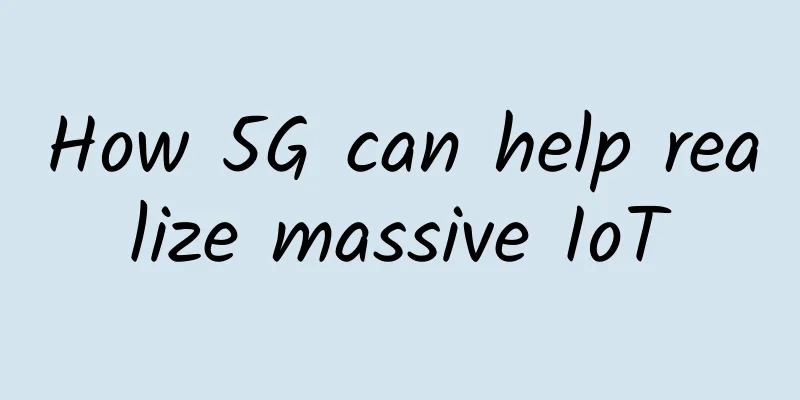Don't just look at the wireless router antenna. WiFi signal is only related to this parameter.

|
When buying a wireless router, should you buy one with large antennas and many antennas? I believe this idea exists in many friends' minds. Opening the wireless router sales page of the e-commerce website, we can find that wireless routers with 3 or more antennas basically occupy the top few lists of best-selling products. This also reflects the mentality of current consumers when purchasing wireless routers: "The more antennas, the better the signal." It is difficult to solve the problem of wireless signals at home simply by using a wireless router with multiple antennas. There are many factors that affect the strength of wireless signals.
The built-in antenna also has a strong signal The reason why wireless routers have multiple antennas is actually because of MIMO technology. Whether it is a product with 2 antennas or 3 antennas, it is designed to match the X*X MIMO mode. For example, the current mainstream single-band 300M and 867Mbps wireless routers must use 2x2 MIMO mode, which means that two antennas are enough. If there are three or more antennas in a 2x2 MIMO product, the manufacturer is misleading consumers. Moreover, with the popularity of dual-band wireless routers, some manufacturers have made independent external antennas for each frequency band, so it is not surprising to see some wireless routers with 4 or 6 antennas. Transmission power directly affects the strength of wireless signals Editor's opinion: Importantly, the decisive factor in the quality of the wireless router signal is the transmission power of the wireless router. Each country has regulations on the transmission power of wireless routers, which generally should not exceed 100mW, or 20dBm (2.4GHz frequency band). So we can see that, in fact, according to national standards, the signal strength of the transmitter is fixed. No matter how many antennas there are, its transmission power will not change, and it will not affect the coverage of wireless signals. In addition to the wireless router, we should also look for the cause on the receiving end. If the sensitivity of the wireless network card on the receiving end is not high, the wireless Internet experience will be very poor. |
>>: Before the 5G feast, the operators' tight restrictions have been booked
Recommend
Huawei Shanghai 5G+XR Cloud Innovation Center goes online to accelerate the activation of Shanghai's 5G innovation value
Recently, Huawei's 5G+XR Cloud Industry Summi...
Hengchuang Technology: Hong Kong/US cloud server annual payment starts from 318 yuan, Hong Kong CN2 independent server starts from 480 yuan
Hengchuang Technology is a Chinese business found...
It is estimated that by the end of 2020, the number of 5G users in North America will reach 20.9 million
North America is currently one of the most develo...
16 real-life digital transformation success stories
【51CTO.com Quick Translation】CIOs of leading comp...
How does Sentinel intercept abnormal traffic?
[[342079]] When you use electricity at home, you ...
Manually implement UDP and TCP communication
[[336022]] UDP UDP is a connectionless protocol, ...
The role of 5G in shaping the future of smart cities
The advent of 5G technology will revolutionize th...
Someone finally explains the true value of 5G
Since 2019, the pace of 5G commercialization has ...
Aoyou Hosting Hong Kong CN2 High Defense VPS Simple Test
In December last year, the tribe shared informati...
VPSMS Mid-Autumn Festival Promotion: VPS monthly payment 38% off quarterly payment 32% off, Los Angeles CN2 GIA line monthly payment starts from 53 yuan
VPSMS is shared in the blog for the first time. I...
The three major operators work together to accelerate the integrated development of "5G + Industrial Internet"
In recent years, the industrial Internet has grow...
Proactive monitoring without embedding: a best practice for proactively perceiving user experience
The business world is like a battlefield. Whoever...
In addition to base stations, what else should major cities pay attention to in 5G construction?
It has been a year since 5G was officially put in...
In the F5G era, home broadband is moving towards Gigabit. Don’t let the optical modem hold you back.
Mobile networks have entered the 5G era, and thei...









